Gamification has earned a reputation as one of the most important phenomena in education and business. Deloitte cited gamification as one of its Top 10 Technology Trends for 2012 and the Oxford dictionary placed it on the US Short List for Word of the Year in 2011. Since then, gamification has not stopped growing, to the point that institutions and businesses are no longer asking themselves whether gamification is worth a try but, rather, how they can use it to their best advantage.
A quick look at the Google search results for the word is sufficient proof of gamification’s growing popularity worldwide:

In this guide, we are going to explain what exactly is meant by gamification, highlight some of the best known examples, explain what human instincts it appeals to and what techniques it employs.
What is gamification?
Let’s begin with the simple definition provided in Wikipedia: “Gamification is the application of game-design elements and game principles in non-game contexts”. It is used for a great variety of purposes such as to improve productivity at work, promote physical exercise, enhance learning in schools and reinforce positive behavior in society.
Gabe Zichermann, one of the first gurus of gamification and co-author of “Gamification by Design”, is somewhat more explicit in describing the different elements making up gamification:
“Gamification is the process of engaging people and changing behavior with game design, loyalty, and behavioral economics. It’s taking what’s fun about games and applying it to situations that maybe aren’t so fun. It’s about applying that feeling of flow to everything from employee motivation to research studies to marketing campaigns”.
Three examples of gamification
If you’re still not sure what we mean by gamification, these three examples are sure to make it crystal-clear.
The first one we want to show you, and possibly the best known, was intended to promote exercise and a healthier lifestyle. To achieve this, the organization The Fun Theory installed a giant functioning piano keyboard, which played a musical note when pressure was applied to each step, in a subway station in Stockholm. The idea was to get commuters to stop using the escalator and climb the stairs instead. And it was a huge success:
While gamification is often used to encourage the public to adopt more responsible habits (to promote recycling and responsible driving, for instance), it can also be used by companies to conduct promotional campaigns. An example of this can be seen in the following video where Coca-Cola organized a kind of obstacle race in a busy train station to promote the launch of the latest James Bond movie and gave the winners free tickets to see it. The fun, challenge and atmosphere (music included) captured the attention of consumers who would otherwise not be interested in the activity and raised awareness of the two products involved (Coca-Cola Zero and the James Bond movie).
The third example is perfect for showing some of the mechanics used in gamification in a whole different range of contexts. In this case, it is The Email Game, a sort of a mini-app for managing your email more efficiently and helping you keep your inbox clean. Using a system of rewards, points and penalties, The Email Game aims to do away with the boredom, stress and depression that often overwhelms us when confronted with the daily avalanche of emails.
Gamification: appealing to human instincts
Although gamification is now primarily associated with technology, the fact is that its essence lies in human psychology. Gamification works because it appeals to human needs and instincts. Indeed, Gabe Zichermann has underscored this on several occasions: “gamification is 75 percent psychology and 25 percent technology”.
Specifically, gamification tends to appeal to the following needs:
- Rewards. We all like to receive prizes and gifts. When we are little, for instance, we are willing to do our homework in return for a favorite dinner or extra pocket money. This innate behavior is one of the drivers that makes gamification work, allowing it to use all kinds of rewards (movie tickets, virtual coins, extra lives, etc.) to motivate us to perform virtually any task.
- Progress. We humans generally like to progress. We like to feel we are improving at whatever task is at hand and that our actions bring us closer to achieving our end goal. Gamification plays on the human need for progress to motivate and engage participants.
- Competition. Go on, admit it: we all like to win. When we were little, we wanted to be the first past the finish line and, as we get older, we like to excel in our studies or careers. The desire to compete is even stronger when we know our rivals: we want to do better than our siblings, friends and co-workers.
- Recognition and status. Boasting about our achievements is part of human nature. One of the reasons social media are so successful is that they allow us to indulge our desire to show off: flaunt what we can do well, demonstrate our skills, boast about our latest holiday on an idyllic beach and so on. Gamification appeals to our need for recognition by creating ways for us to share our achievements within the game with others.
- Altruism. Without getting into a philosophical discussion, science has shown that we humans have a natural tendency towards altruism and solidarity. We generally like to help others because it makes us feel better about ourselves. Many games revolve around the idea of rescuing a princess, saving the world or averting an environmental disaster.
- Fun. Having fun is another innate need of humans. We all like to relax, have fun and enjoy ourselves. This is why movies, music and video games are multi-billion dollar industries: we are willing to pay to have fun. Gamification (as we saw in the three examples) plays on this desire to have fun to engage and motivate people.
The magic secret: gamification techniques
In order to appeal to our human instincts, gamification has developed a series of techniques that you are probably familiar with. Perhaps you haven’t paid much attention to them, but these are the techniques that make gamification work and which are being implemented increasingly in businesses and public institutions.
Based on the classifications made by two leading experts in the matter — video game designers Jesse Schell and Dustin DiTommaso — the following are the 11 most important gamification techniques:
1 – A story. We all like a good story, characters and plot. The story line (which can be very sophisticated or very simple) is used to engage players and motivate them to keep going at virtually any activity. The story can be about a prince who has to rescue a princess, a mission to save Planet Earth or a zombie apocalypse. In fact, the latter is being successfully implemented in the United States where students learn geography skills to survive a zombie apocalypse.
2 – Levels. At the start of almost any game, one of the first things you see are the levels. Normally we start at the lowest level but, even at this stage, we begin to get a glimpse of the route (sometimes a map) we have to take to make it to the end. The feeling of progress, success and recognition this dynamic creates (we want to move to the next level!) motivates us to keep advancing in the game.
3 – The countdown. Stetting a time limit is one of the most widely used techniques in gamification, TV programs and marketing campaigns. More and more mobile apps include phrases such as “you’ve got 30 seconds left”, “this week’s challenge” or “make today the day you move to the next screen”. A time limit or countdown (the famous “10, 9, 8, 7…”) is a highly motivational element that encourages us to complete any activity as quickly as possible.
4 – Badges. Badges are a highly effective means of affording recognition and status to players. Gamification uses this type of reward (it’s as ‘simple’ as putting a gold badge next to your profile) to allow you to flaunt your achievements in social media or to your friends and co-workers.
Foursquare, a mobile app specialized in bars, restaurants and leisure outlets, has been one of the most effective at using badges to engage users. The numerous badges include the possibility to become the ‘mayor’ of a venue. To earn it, you have to be the person with the most check-ins for that venue, which can become an addiction, spurring you to use the app for hours on end.
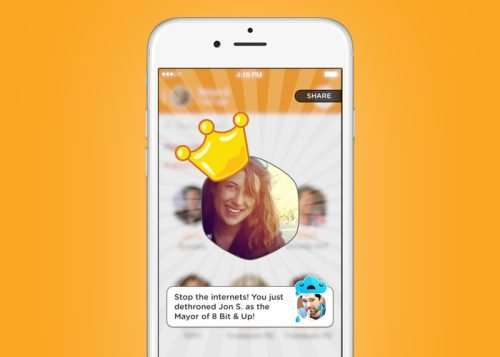
5 – Rankings. You’re probably so used to these that you’ve never stopped to think about them, but rankings are another element used in gamification to promote competition and encourage users to keep going at something. When you see a ranking, you check your position to see who is ahead of you… and it’s normal to want to pass them out and climb to the top of the list.
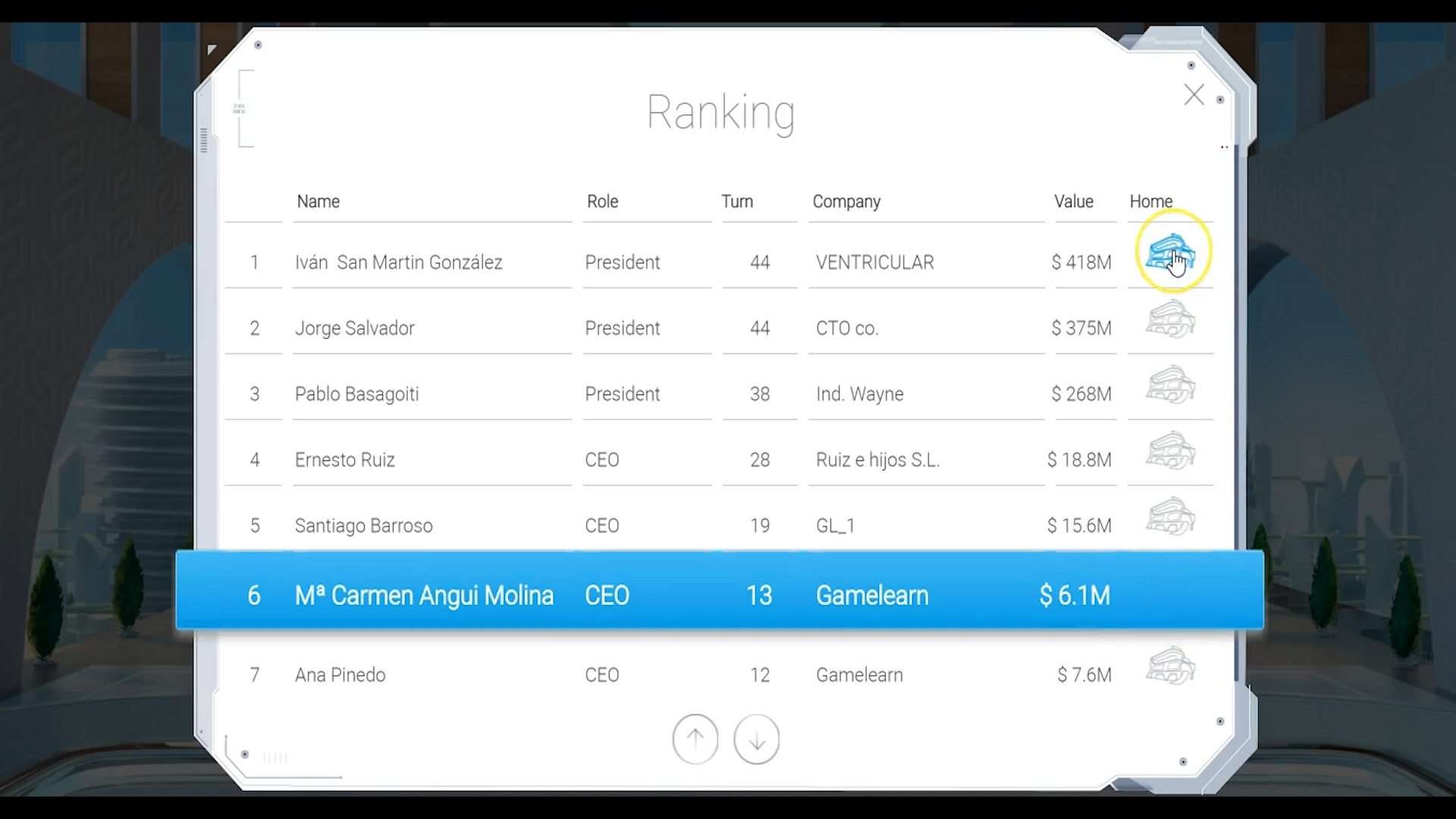
6 – Virtual coins, points, stars, extra lives… To appeal to our materialistic nature and our need to obtain small rewards, gamification commonly employs virtual coins, points or stars to engage and motivate users. Rewards are simple and direct, but an extremely powerful tool for changing people’s behavior. We all like to earn double points, extra lives and more stars (even if they are no use to us at all!).
7 – Improvements (upgrades / power-ups). When we begin a game, we usually have few tools or powers at our disposal. However, as we make progress, video games give us new skills, different weapons and more powers. As we pass more milestones, we have the power to do more things. This type of reward (which appeals to our need to progress) is another game mechanic used in gamification.
8 – Progress bars. A simple bar with a percentage inside can be much more powerful than you would think. When we see that it isn’t complete (for example, at 85%), we humans tend to do everything in our power to get it to 100%. If you have a LinkedIn account, you’ve probably noticed the progress bar that indicates the completeness of your profile; according to the company itself, when it added the progress bar, the amount of information included in user profiles increased considerably.
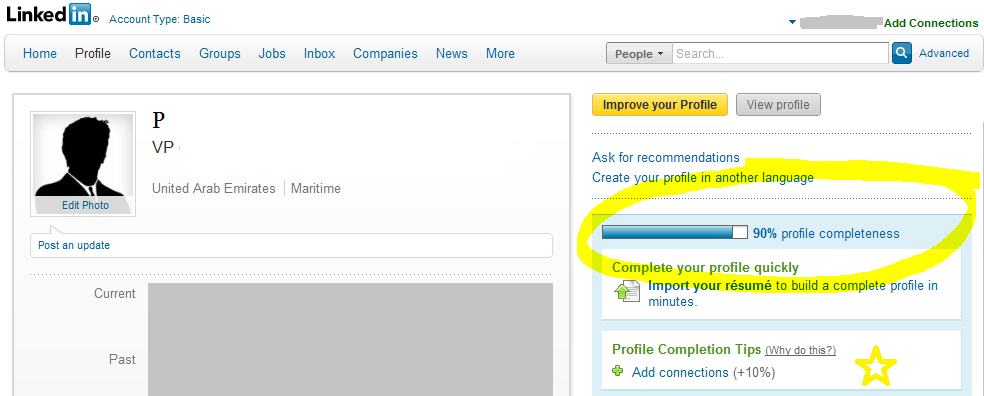
9 – Teamwork. Another way to encourage competition is to create groups or teams; people like to feel that they belong to a tribe and are better than everyone else. Dividing players into camps can be a powerful incentive to become more engaged in a project, identify with their teammates and beat their rivals.
10 – Likes and recommendations. Given the popularity of social media in today’s world, gamification has incorporated recognition in Facebook and Twitter as an additional motivational element. It’s not just about being able to share our achievements and badges; you can also reward ‘players’ by offering them impact and status on social media.
Google’s Local Guides service is a good example of this game dynamic. The Silicon Valley firm has a gamified system to encourage users to leave reviews and post photos of the bars and restaurants they visit. One of the techniques involves sending them an email advising them of the number of visits to their reviews and the important contribution they are making to society.
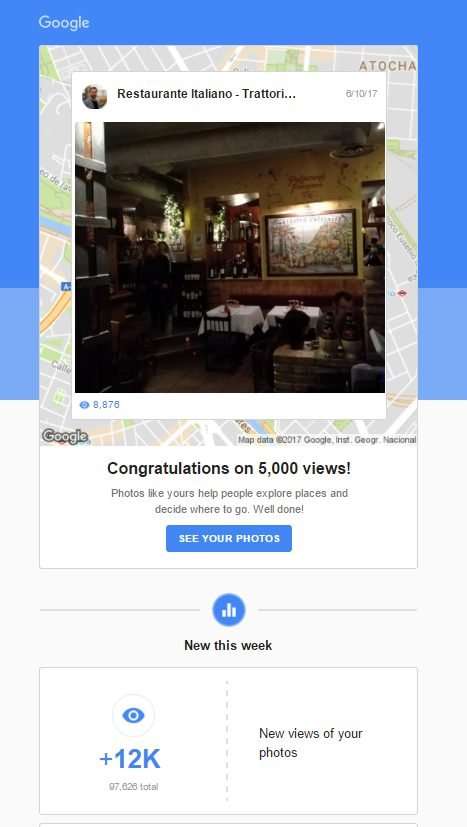
11 – Character selection. People like to be able to choose and identify with the characters in a game. This is why a simple gamification technique is the ability to select characters. Whether the aim is to launch a new project or complete a training course in a company, characters add a more playful and fun touch to the game. And if, on top of this, we can choose between several types of characters (male/female, fast/strong, black/white, etc.), we can boost motivation levels by several points.
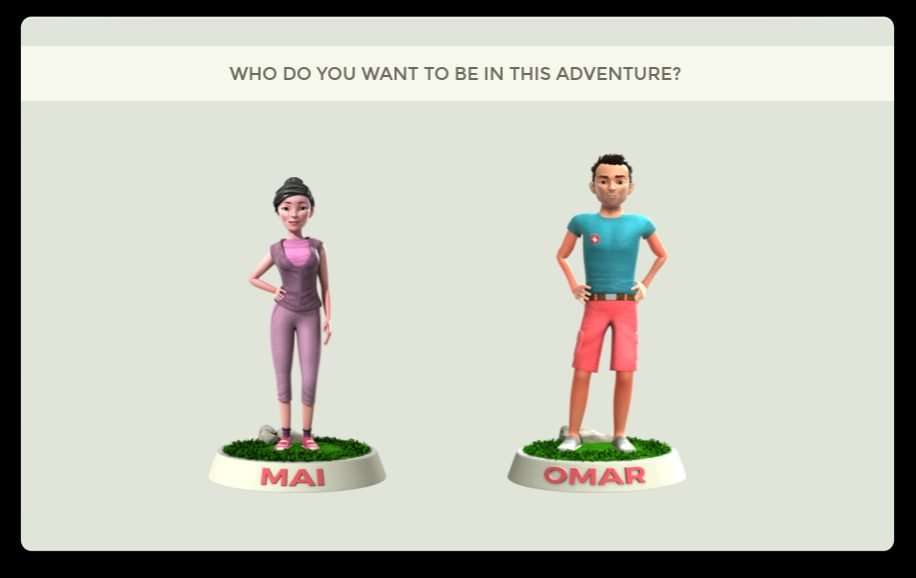
The real secret behind gamification
While these gamification techniques may sound quite straightforward, don’t be fooled by their seeming simplicity. As gamification guru Yu-Kai Chou explains, the key is that all these game dynamics appeal to our human instincts. Creating a points system, ranking and progress bar and trusting that your gamification experience will be a success is like opening a Facebook page and thinking you have developed a social media strategy. The key is to think first about the things that motivate human beings (competition, status, altruism, rewards, etc.) and then develop a strategy to achieve these (a story, levels, points, badges, and so on). The true secret of gamification lies in crafting a winning combination of all these elements.
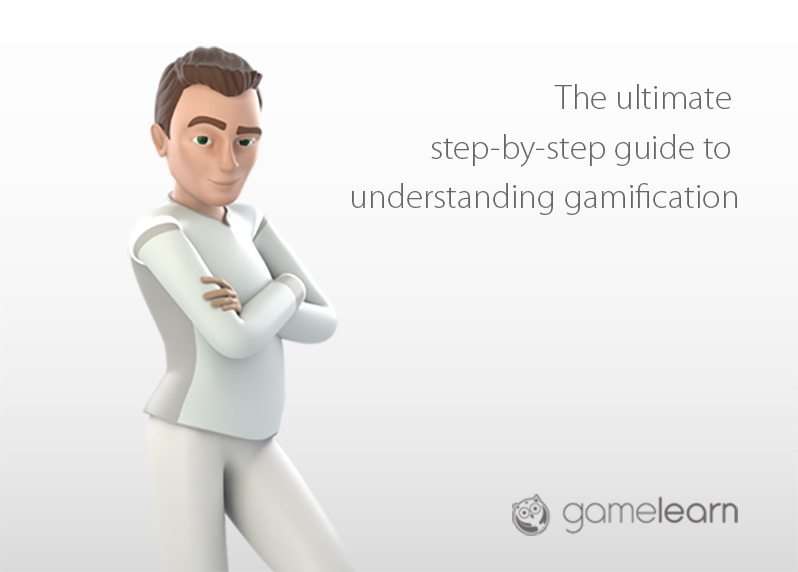
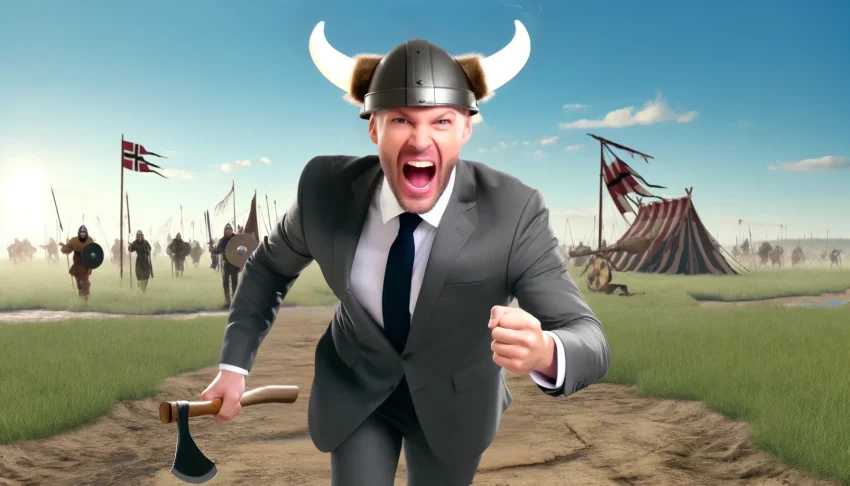




Hartley H Holder
Hartley H Holder
Extremely insightful.